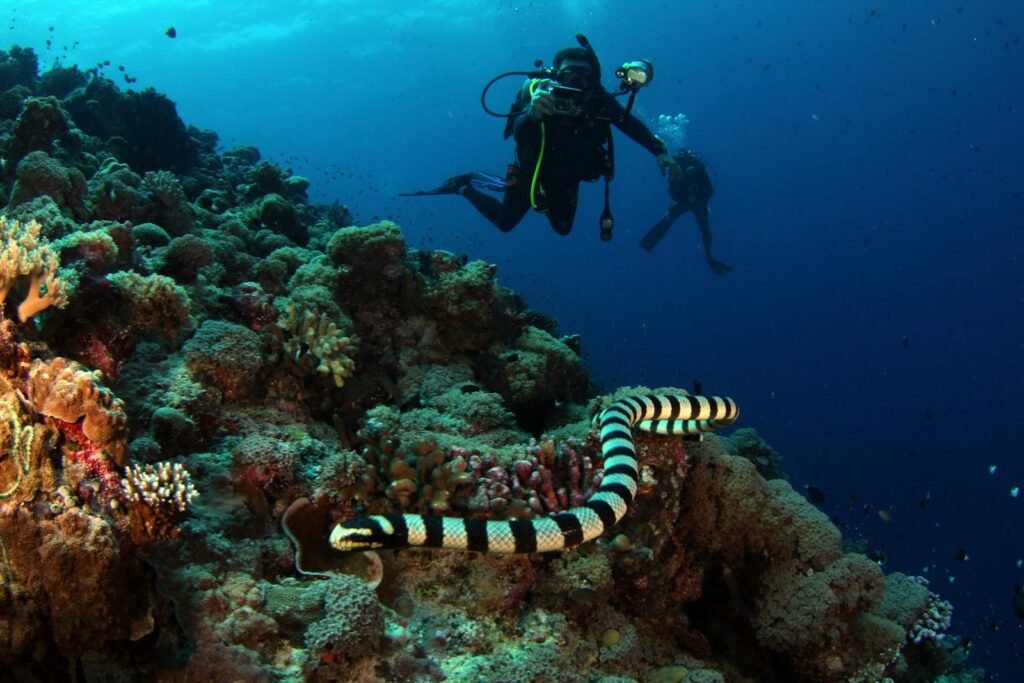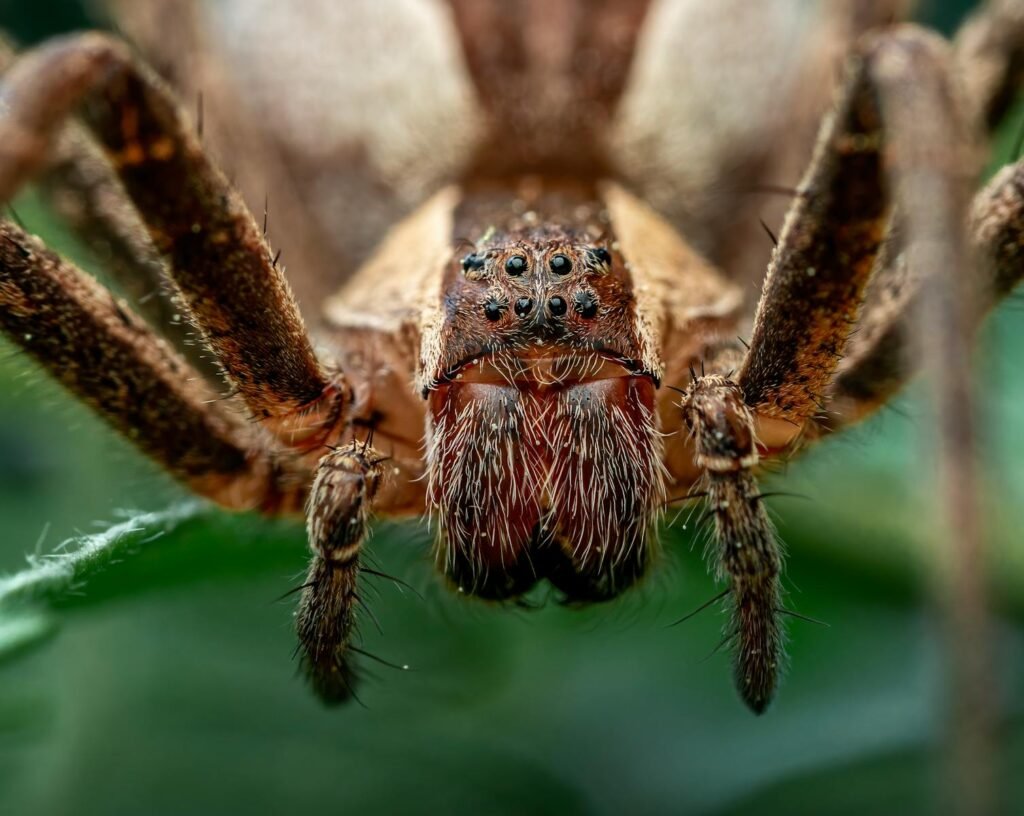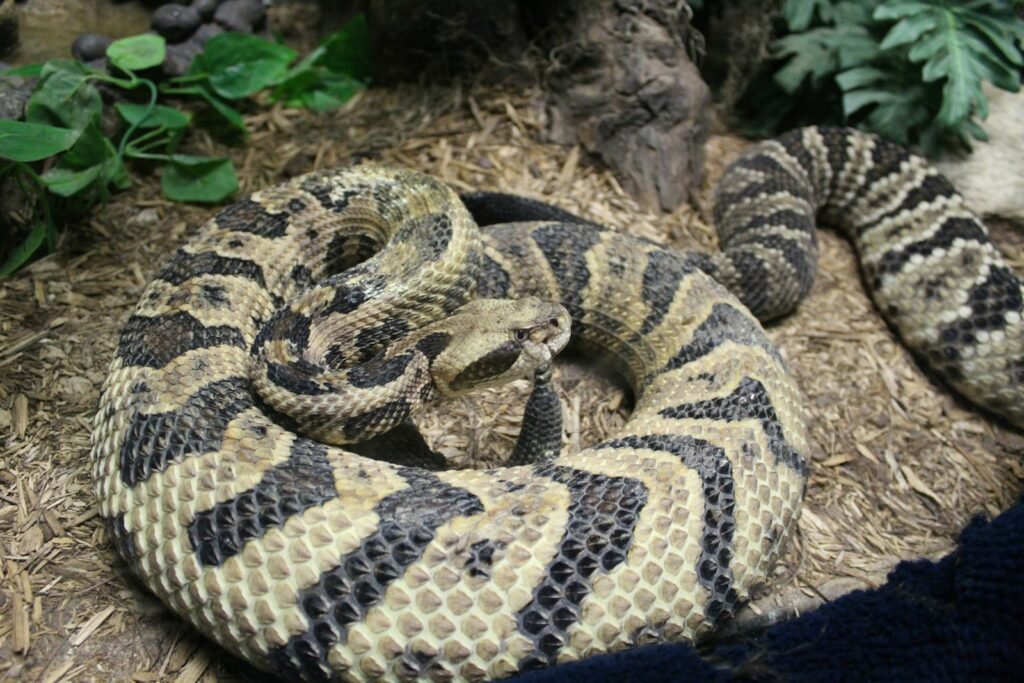When thinking about poisonous animals, creatures like snakes, spiders, and jellyfish often come to mind. However, the animal kingdom is brimming with a plethora of highly toxic beings that rarely make it to the forefront of popular awareness. In this article, we’ll explore some of the most poisonous animals you’ve likely never heard of, delving into the fascinating ways they use their venom and the potential dangers they pose to humans and other creatures.
The Belcher’s Sea Snake

The Belcher’s sea snake (Hydrophis belcheri) inhabits the warm waters near Southeast Asia and northern Australia. Although it may look like any other sea snake, its venom is among the most potent of any snake in the world. Remarkably, a single drop can kill multiple humans. Fortunately, the Belcher’s sea snake is relatively docile and has few documented attacks on humans. Its venom is primarily used for preying on fish, rendering small fish immobile almost instantly.
The Stonefish

Among the most camouflaged and efficient predators in the ocean, stonefish (Synanceia) are also the most venomous fish known. Found primarily in the coastal regions of the Indo-Pacific, stonefish possess venomous spines that can inject toxins when stepped on by unsuspecting swimmers. The venom can cause intense pain, infection, and, in rare cases, death. The stonefish’s ability to blend seamlessly with the ocean floor makes it both a formidable hunter and a hazard to beachgoers.
The Blue-Ringed Octopus

The blue-ringed octopus, residing mostly in the tide pools and coral reefs of the Pacific and Indian Oceans, is small yet spectacularly poisonous. It is easily recognizable by its vivid blue and black rings, which become more vibrant when the octopus feels threatened. Despite its diminutive size, its venom contains tetrodotoxin, a potent neurotoxin that can cause paralysis and, if untreated, respiratory failure in humans. Currently, there is no known antidote, making it one of the most dangerous animals per size in the world.
The Brazilian Wandering Spider

Native to South America, the Brazilian wandering spider (Phoneutria) is known for its erratic behavior and potent venom, which is considered one of the most toxic of any spider. Unlike web-weaving spiders, it uses its agility to actively hunt prey. Its venom can cause systemic symptoms in humans, such as nausea and muscle paralysis, and although fatal bites are rare due to availability of antivenom, the spider remains a creature best admired from a distance.
The Cone Snail

The cone snail, a beautiful and seemingly innocent marine snail found in tropical and subtropical seas, conceals a highly sophisticated and lethal defense mechanism. Housing a venomous harpoon capable of penetrating wetsuits, the venom of certain cone snail species, like the geography cone (Conus geographus), can be deadly to humans. Their venom contains a complex mix of toxins that have the potential to cause respiratory failure, paralysis, and even death.
The Inland Taipan

Often referred to as the “fierce snake,” the inland taipan (Oxyuranus microlepidotus) holds the title of the most venomous snake in the world. Found in the semi-arid regions of central Australia, this snake is extraordinarily reclusive and rarely encountered by people. However, its venom, which acts swiftly on the nervous system, is believed to be potent enough to kill an adult human within 45 minutes. Despite its deadly potential, its shy nature makes it a low risk in terms of human encounters.
Conclusion

Nature’s myriad forms of life have evolved myriad ways to defend themselves and capture prey, with these poisonous animals exemplifying some of the most extraordinary adaptations. While these creatures can pose a threat to humans, understanding and respecting their role in their ecosystems is crucial. Many of them contribute to biodiversity and can even inspire medical research through the unique properties of their venoms. Whether you encounter them in the pages of a book or in nature itself, these animals serve as a reminder of the complexities and marvels found in the animal kingdom.



